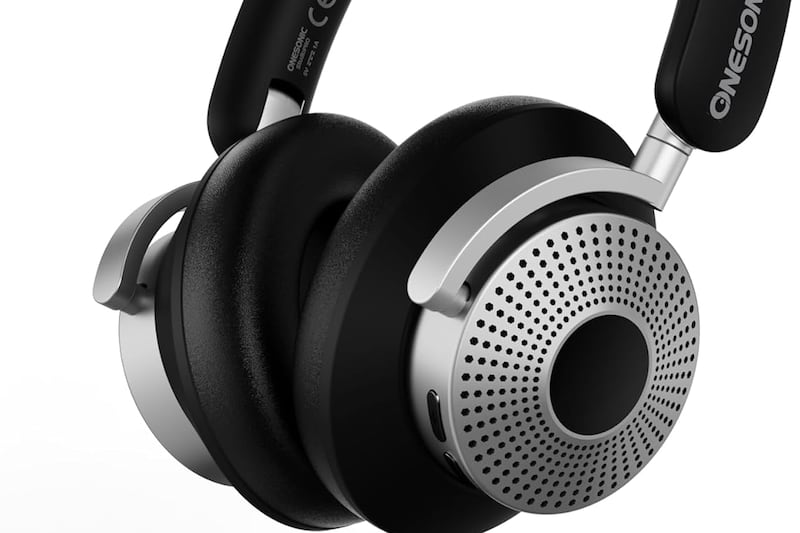There was a time when the idea of an instant camera was a quaint throwback. An oddity, a nostalgia trip, that people were reluctant to let go of. When Polaroid, the biggest name in instant photography, filed for bankruptcy in 2001, there was a campaign to save the instant film products.
Fast-forward more than two decades and not only has instant photography survived, Fujifilm has made a whole business out of it. The Instax camera range seems to keep growing, with the latest, the Instanx Mini 99, having hit the market in recent weeks.
There is something fun about Instax cameras, whether it is the range of film you can get or the different options offered by the cameras. But if you were expecting the usual quirky design and rainbow of colours, you are in for a surprise.
The Mini 99 looks like an old-school camera in its design. It comes only in black, for a start, and its design is less soft and cuddly looking, with a matt finish that also makes it easier to keep hold of. It is also the “point, shoot and hope for the best” type of camera, with no digital preview elements at all. That makes getting your creative elements right first time even more important.
The lens has three shooting options: landscape, macro and a standard mode that will cover everything else. To select each mode, you simply twist to the barrel to your desired focal length and start shooting. It’s quick and easy. You have two dials. One controls colour, the other brightness; combined, they give you excellent creative control over your finished shots.
You start off in normal colour mode – N on the dial – but when you shift to FG, for example, the camera’s colour-changing LEDs inside the camera will give the shots a faded green look. You can go for a warmer look with Warm Tone, employ a light leak effect, add a light blue hue or sepia effect or a soft magenta look – basically, all the old analogue-style effects that we thought digital photography would remove.
[ Fujifilm Instax Pal: Pocket-sized cuteness that’s inessential but funOpens in new window ]
On the other dial you can choose different levels of exposure. The lighter modes are denoted, helpfully, by an L, and the darker ones by a D. You will need to play around with these to figure out what works best for you, though you might burn through a bit of film in the process.
The Mini 99 also adds a digital display on the back of the camera and some extra controls that allow you to control the level of flash, the self-timer and some shooting modes. The latter is the most welcome, giving you automatic controls. There is an indoor mode, which adjusts the shutter speed and flash to take account of the indoor setting without you having to take a guess at what will work best, or a sports mode to reduce blur. You can also use a double exposure setting to superimpose two images on top of each other, or a bulb mode that keeps the shutter open for 10 seconds and gives you light streaks and other effects on night shots. Each of the modes works well, with the indoor mode in particular giving some well-balanced shots.
The flash control is also a good move on Fujifilm’s part. You can choose between a few different modes rather than automatic or off – there is fill-in flash and red-eye removal, too, so you can tailor the flash to your needs. The red-eye removal is of particular use, given that there is no way to edit photos once they are taken. You get what you get, and with the film costing from €10 a pack, it’s in your interests to get the shots you want first time.
Fujifilm has also included a removable rechargeable battery with the camera, with a battery indicator on the rear display so you can keep track of when you need to charge up again.
Good
There is a lot of creative control over the shots on the Instax Mini 99. From the colour tone of the image to the exposure, there are plenty of options at your fingertips, and ones that can be quickly accessed. There are no menus to mess about with here, unless you want to go for the automated shooting modes.
Bad
Unfortunately, you won’t know how successful you have been on realising that creative vision until the print pops out. This is not one of the hybrid cameras with a preview, or the option to print or discard; you take the shot and hope for the best.
It is also significantly more expensive than the Mini 9, so you are paying a premium for those extra features.
Everything else
As the name suggests, the camera uses the Mini film format. The display on the rear of the camera provides a counter for the remaining shots in the camera – it resets when the back of the camera is opened, though, regardless of whether the film is replaced.
The two shutter buttons mean you can easily take shots regardless of what way you are holding the camera. The tripod mount is also handy if you are taking timed shots – or for keeping the camera steady when it is in bulb mode.
Verdict
A new twist on an old-school camera experience, the Instax Mini 99 is probably the closest you will get to the film cameras of old – including the potential for wasted shots. Instax’s most creative and best instant film camera to date.















